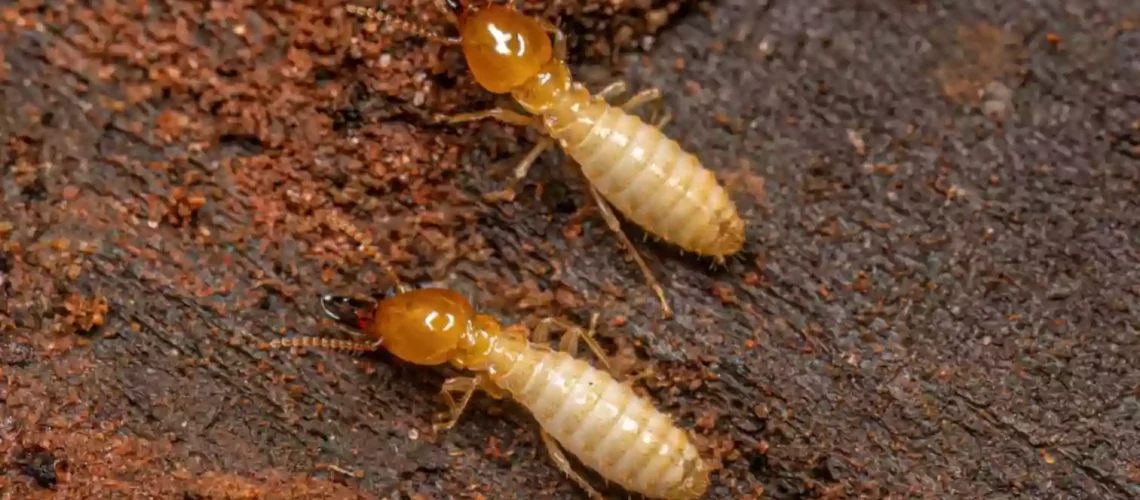Wood-destroying organisms (WDOs) can be quite a concern for homeowners. Still, with some knowledge and proactive measures, we can safeguard our beloved properties from their reach! These pesky critters literally eat their way through the wood, making it crucial for anyone thinking about buying a home—or just wanting to maintain their current one—to stay informed and vigilant.
When considering purchasing a home, it’s essential to assess whether the property has conditions that might attract these wood-damaging insects or if there are any signs of previous infestations. If these conditions aren’t addressed, it leaves doors open for unwelcome guests. Some WDOs feast directly on wood, while others tunnel through to make cozy nests. The real challenge often lies in the fact that the damage can remain hidden, only revealing itself through subtle clues—like sawdust or tiny holes in the wood.
Common culprits of wood destruction include termites, carpenter ants, powderpost beetles, and wood borers. Take termites, for instance: They secretly create intricate tunnels within wood. The outside may seem fine, but poke it with a tool, and it can crumble like sand! Whether you’re on the journey of buying your dream home or dealing with an active infestation, understanding the signs and conditions that attract them and how to prevent issues is vital. This knowledge helps you protect your wallet and your cherished living space.
Signs of WDO Infestation
Being proactive is the name of the game! A thorough inspection is your best bet in catching wood-destroying insects early before they wreak havoc. Missing these red flags may lead to some costly repairs in the future. Keep an eye out for these common visual indicators:
- Discarded termite wings near entry points like windows and doors.
- Peeling or bubbling paint on wooden surfaces, which could indicate underlying issues.
- Tiny holes in the wood often signify insect entry or exit points.
- Mud or shelter tubes on wood or walls, indicating nesting areas.
- Damaged wood structures that feel hollow or soft to the touch.
- Darkened wood that crumbles easily when touched.
These signs can appear in both accessible spots and hidden nooks, so making inspections part of your regular routine can help you spot infestations before they spiral out of control.
Conducive Conditions for WDO Infestations
WDOs favor certain conditions, and knowing what they are can empower you to safeguard your home! Typical issues that create an inviting environment for these pests include:
- Excess moisture in areas without proper drainage or leaky pipes.
- Water-damaged wood, such as old logs or debris nearby.
- Poor ventilation, which creates damp locations that attract insects.
- Cracks in walls or foundations, providing easy entry points.
- Plants or shrubs that are too close to the house’s foundation, offering shelter.
- Cluttered gutters that don’t allow for proper drainage, leading to pooling water.
- Soil or mulch directly in contact with wooden structures.
Addressing these concerns enhances your property and significantly lowers the chance of an infestation taking hold.
Preventing Wood-Destroying Insect Infestations
Prevention is your best defense! You can effectively protect your home by making smart moves to eliminate the conditions that attract wood-destroying insects. Here are some simple yet effective steps to follow:
- Use well-stored, dried, and chemically treated wood for any projects.
- Remove any water-damaged wood from your property promptly.
- Coat exposed wood with protective paint or sealants.
- Limit using old or untreated wood in your home’s interior.
- Seal any cracks and crevices in walls, furniture, and foundations.
- Consider professional pest control treatments as a safety measure.
- Inspect wooden furniture or antiques thoroughly before welcoming them into your home.
Before Buying a Home: Get an Inspection
Unexpected damage from wood-destroying insects, such as termites, can sneak up on anyone. Getting a professional termite inspection before buying a home is a wise investment! This step can help you make a sound choice without hidden surprises lurking behind the walls. Of course, wood destroying organisms are just one type of common pests you should be on the look out for.
By addressing the conducive conditions and staying alert, you can confidently protect your property from the potential costly damage caused by WDOs. After all, a little effort today can lead to a lifetime of peace of mind tomorrow!


